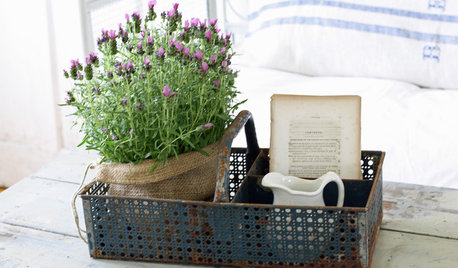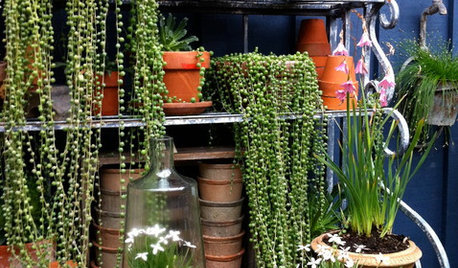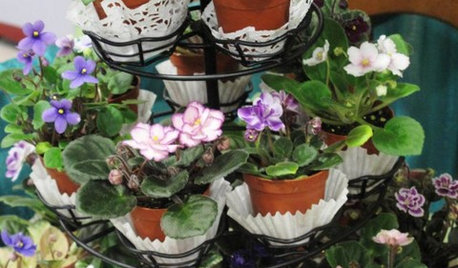Bringing houseplants back inside
dansmom
13 years ago
Featured Answer
Comments (23)
tapla (mid-Michigan, USDA z5b-6a)
13 years agoRelated Professionals
New Mexico Landscape Architects & Landscape Designers · Milford Landscape Contractors · Barrington Landscape Contractors · Darien Landscape Contractors · Fort Worth Landscape Contractors · Hayward Landscape Contractors · Indianapolis Landscape Contractors · Lake Saint Louis Landscape Contractors · New Berlin Landscape Contractors · New Braunfels Landscape Contractors · Raleigh Landscape Contractors · Rockville Landscape Contractors · Saint John Landscape Contractors · Waldorf Landscape Contractors · Cusseta Interior Designers & Decoratorsdansmom
13 years agogreenchic
13 years agotapla (mid-Michigan, USDA z5b-6a)
13 years agodellis326 (Danny)
13 years agotapla (mid-Michigan, USDA z5b-6a)
13 years agodellis326 (Danny)
13 years agojane__ny
13 years agodellis326 (Danny)
13 years agotapla (mid-Michigan, USDA z5b-6a)
13 years agodellis326 (Danny)
13 years agomarquest
13 years agocateyanne
13 years agochristine1950
13 years agotapla (mid-Michigan, USDA z5b-6a)
13 years agochristine1950
13 years agoprairiemoon2 z6b MA
13 years agobirdsnblooms
13 years agojane__ny
13 years agotommyr_gw Zone 6
13 years agotapla (mid-Michigan, USDA z5b-6a)
13 years agodansmom
13 years ago
Related Stories

MOST POPULARThe Perfect Houseplant for People Who Kill Houseplants
If you can fill a jar with water, you can keep golden pothos vine happy — and it will pay you back with cleaner air and a greener home
Full Story
HOUSEPLANTSOutsmart Winter — Make Houseplants of Your Garden Growers
No need to watch Jack Frost play Wreck the Rosemary. Bring your garden inside for the winter, using containers and these guidelines
Full Story
HOUSEPLANTSCascading Succulents Bring Fun Shapes to Your Indoor Garden
For eye-catching spillers with delicate beauty and minimal needs, it's hard to beat these 2 trailing houseplants
Full Story
Bring a Little of Your Garden Inside for Fall
Hold onto some of summer's joys with branches, pots, benches and more
Full Story
ARTBring the Surf Inside With Big Beach Photos
Oversize photos of the coast are a trend these days — have you noticed?
Full Story
INSIDE HOUZZInside Houzz: Explore Sketch, a New Way to Bring Design Ideas to Life
Update your Houzz app to get Sketch for iOS and Android
Full Story
HOUZZ TOURSHouzz Tour: Bringing the Outdoors Inside on Bowen Island, B.C.
Custom-built farmhouse offers large, small reminders of surrounding nature
Full Story
CONTAINER GARDENSHappy Houseplants, Happy People
Potted plants add life and beauty to a room. Learn easy ways to keep them healthy
Full Story
HOUSEPLANTS8 Houseplants You Can't Kill
They're forgiving and let you forget. Houseplants don't get any easier than this
Full Story
HOUSEPLANTSRetro Houseplants Get a New Look
The wild and crazy houseplants of the 1970s make a splash in today's interiors
Full Story








dansmomOriginal Author